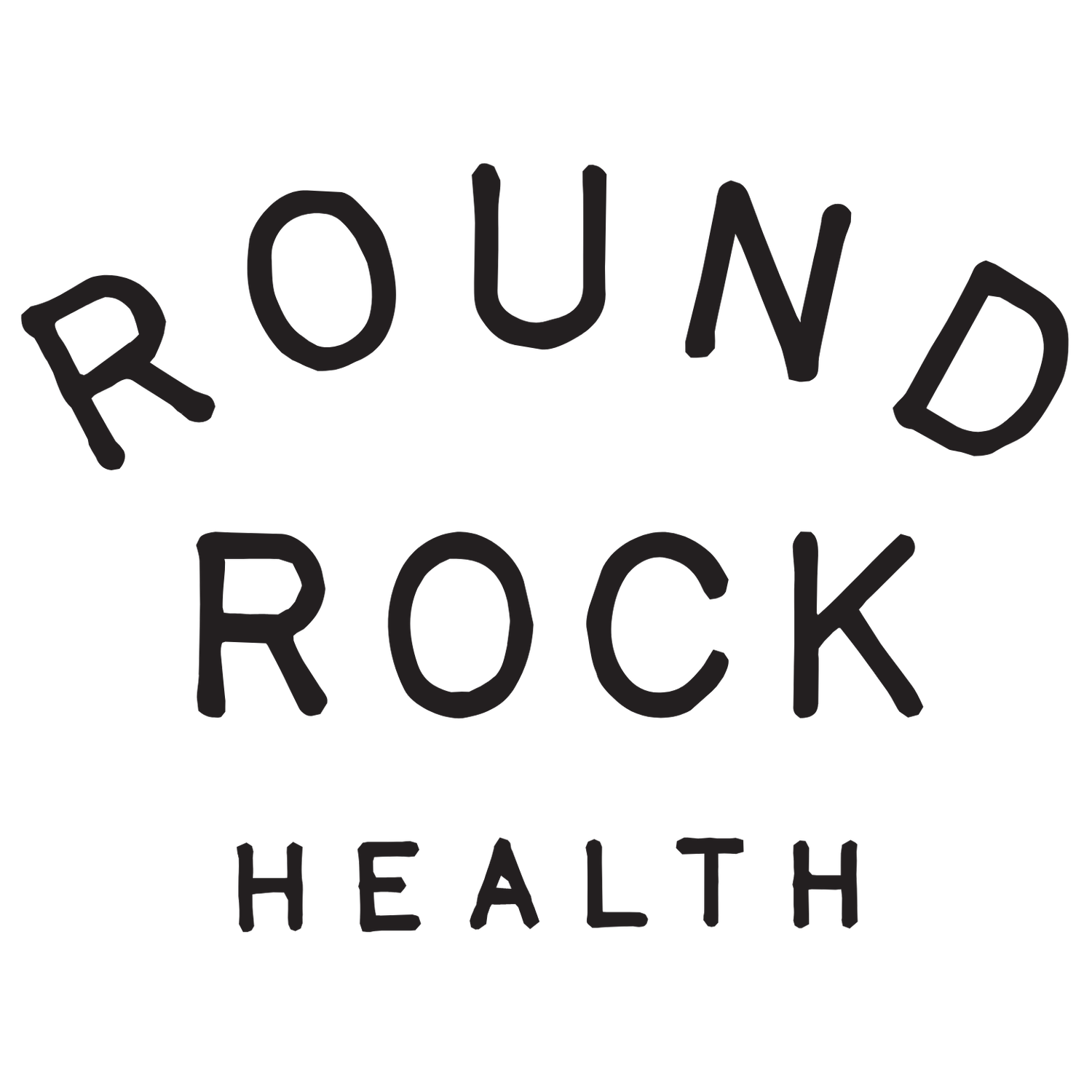5 Warning Signs You’re Losing Muscle—and How to Prevent It
Losing muscle doesn’t just affect how you look—it impacts your energy, metabolism, blood sugar control, and overall mobility. For men, muscle loss can happen faster than you think.
Here are five warning signs to watch out for and how to prevent muscle loss.
1. You Feel Weaker
Struggling with grip strength, lifting objects, or completing familiar workouts? Weakness is often caused by sarcopenia (age-related muscle loss) combined with a lack of strength training. Starting in your mid-30s, you can lose 1–3% of muscle mass per year. Resistance training can reverse this trend, helping you maintain strength as you age.
2. Slower Metabolism
Muscle is a metabolic powerhouse. Losing it reduces the calories you burn at rest, making it easier to gain fat and harder to maintain blood sugar control. If your diet stops working, check your muscle mass—it might be the missing link.
3. Fatigue or Low Stamina
Constant exhaustion, even after light activity, can indicate low muscle mass. Muscle fuels daily tasks and workouts, so losing it saps your energy. If you’re winded from carrying a suitcase upstairs, it’s time to build back your strength.
4. Unexplained Weight Loss
If you’re losing weight but your waistline stays the same, you might be losing muscle, not fat. This often happens due to insufficient protein intake, lack of strength training, or even medications like Ozempic.
5. Slower Recovery
Lingering soreness or injuries that take longer to heal can signal muscle loss. While low testosterone might play a role, being under-muscled is often the bigger issue.
How to Prevent Muscle Loss
• Strength Train Regularly: Prioritize compound movements like squats, deadlifts, and push-ups 2–3 times per week.
• Eat Enough Protein: Aim for 0.8–1 gram per pound of ideal body weight daily.
• Manage Blood Sugar: Stable glucose helps prevent muscle breakdown.
• Stay Active: Incorporate daily movement, even short walks.
• Prioritize Recovery: Sleep 7–8 hours per night and focus on quality rest.
The Bottom Line
Muscle loss from aging is preventable. No matter your age or fitness level, rebuilding muscle is possible—and essential for long-term health and vitality. Start with small steps, track your progress, and build strength to support your overall health.
